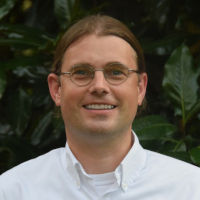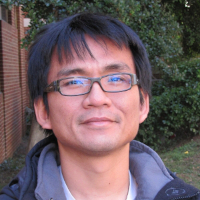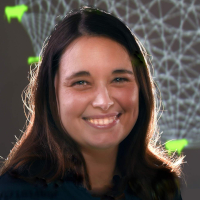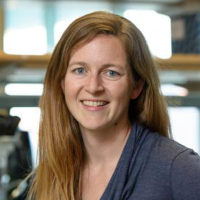Julie A. Spencer (Los Alamos National Lab)
ZoomWhat is Influenza-Like Illness? Influenza-like illness (ILI) is a not a single disease, but is a large group of pathogens grouped together because they have similar symptoms. In the United States, ILI affects an estimated 9-49 million people every year. The CDC defines the presence ILI as a fever of at least 100 degrees Fahrenheit, …









